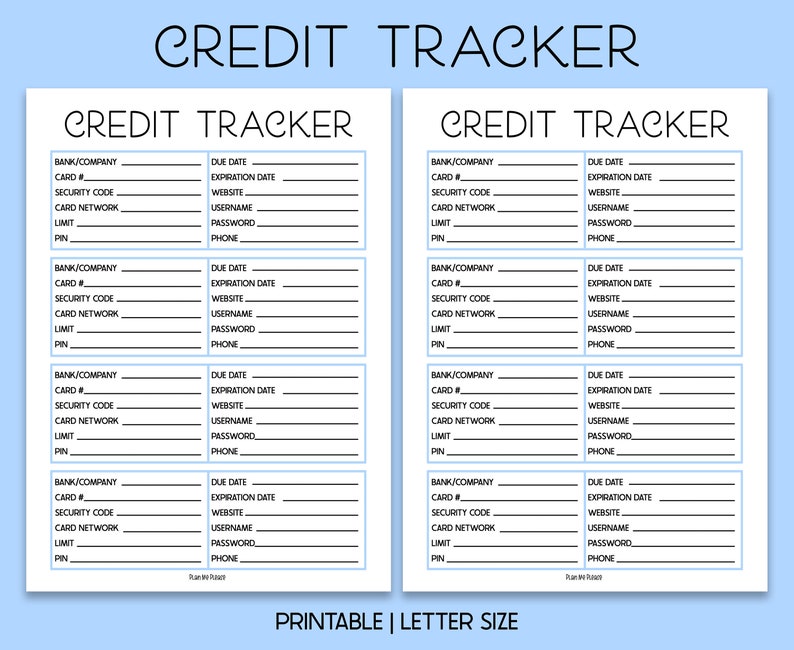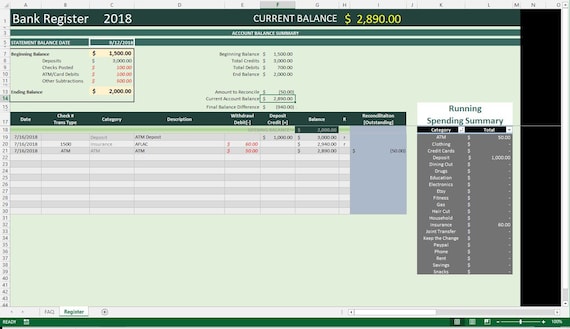
It is deleted once the signup bonus is met. excluding annual fees), manually tracked. Column V is the amount of spend that counts towards minimum spend (i.e.This is also condensed into one for multi-stage bonuses using the previous, it was $2,000 to start and then changed to $2,500 once I did the AU bonus. Column U is the minimum spend required for the signup bonus.Y is for yes, N is for no, and N/A is for not applicable. Column T is whether the signup bonus has been met.After meeting minimum spend, I did the authorized user bonus of 5k MR / $500 spend and put 55k MR in this column. Notes are helpful here.

For example, I signed up for the 50k MR / $2k spend Premier Rewards Gold card and put 50k MR in this column. If it is a multi-state signup bonus, I condense it into one. Columns S thru V: minimum spend information, if any.I like to bold annual fees that have already been assessed. Columns Q & R, respectively, are for the annual fee (if any) and the date the annual fee has been assessed (or will be assessed, if it is waived the first year).Columns O & P, respectively, are for the APR and the date that the APR ends (if it is a promotional APR).Columns O thru R: pricing & fees information.91.66% of the year you can just type “6 Feb” and have it automatically counted, but be careful when scheduling payments in December: you’ll need to include the next year or it will default to the current year. I prefer the aesthetic of day + month (abbreviated to 3 letters), but you can format this as anything you wish. I change this to the day after the next statement closing date once payment has posted. Column N is the date of the payment you have scheduled.I delete this value once my payment has posted. Column M is the amount of the payment you have scheduled.I usually delete the value in column L once my payment has posted, in order to help me better keep track of payment. I find this useful for tracking my overall balance without having to open Mint. Columns I & L, respectively, are for the current balance and current statement balance.Columns H & K, respectively, smartly display the day + month of the closing and payment due date based on the information in columns G & J, using the information from cells A2, B2, and C2. The day + current month is displayed until the statement closes, and then it rolls over to the day + next month.Normally, these columns will be hidden, but you will likely need to unhide them to change your closing date occasionally (especially if you have American Express cards). Columns G & J, respectively, contain the closing date and payment due date of the card, entered as a number (for the day).Columns G thru L: statement & payment information.(Business cards are defined as those with “business” in the name for business cards that do report on your personal credit report, you will need to adjust either the card name or search parameter.) Columns E & F do not display a utilization for charge cards or business cards.Column F is for what the utilization would be if the statement closed right now, which is calculated based on the current balance from column I.(This number is calculated as 19.44% of the credit limit.)

#Bank account tracker printable full#
I prefer to include the full name without abbreviations, so column B is much wider than you might otherwise make it.

You likely do not need to read it at all. The detailed structure is very detailed, and is only worth skimming if you don’t understand something on the spreadsheet. Row 1 is for titling & row 2 is for some calculations (explained in detail later). You input information in rows 3 and below. This sheet is both the most complex, the best designed, and the most useful of the four sheets.


 0 kommentar(er)
0 kommentar(er)
